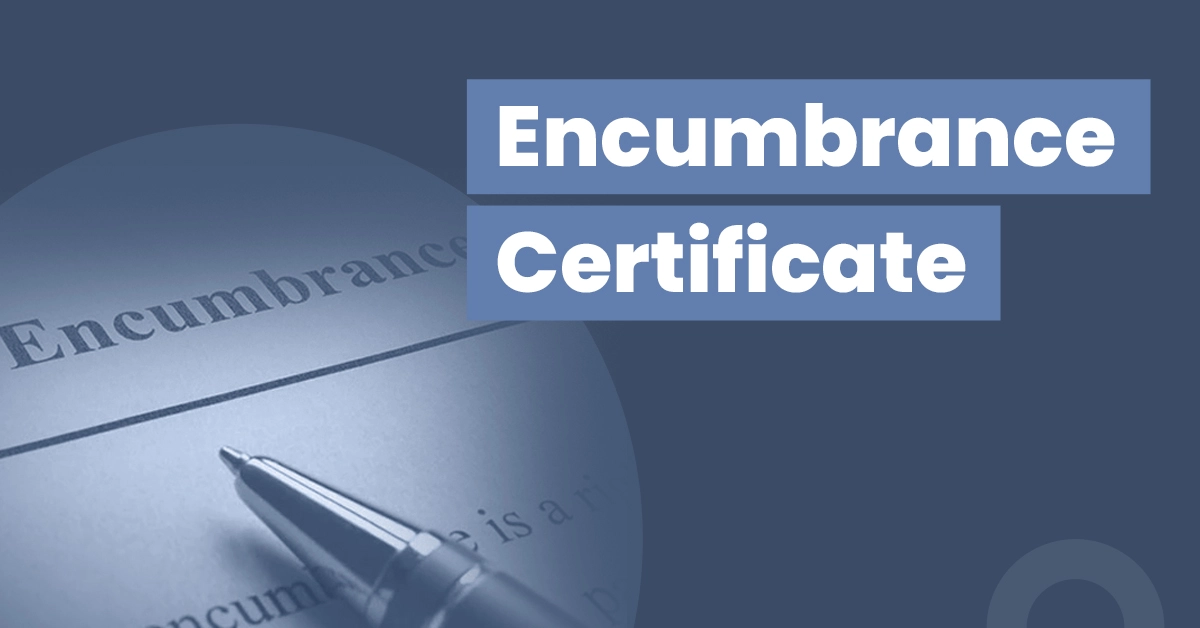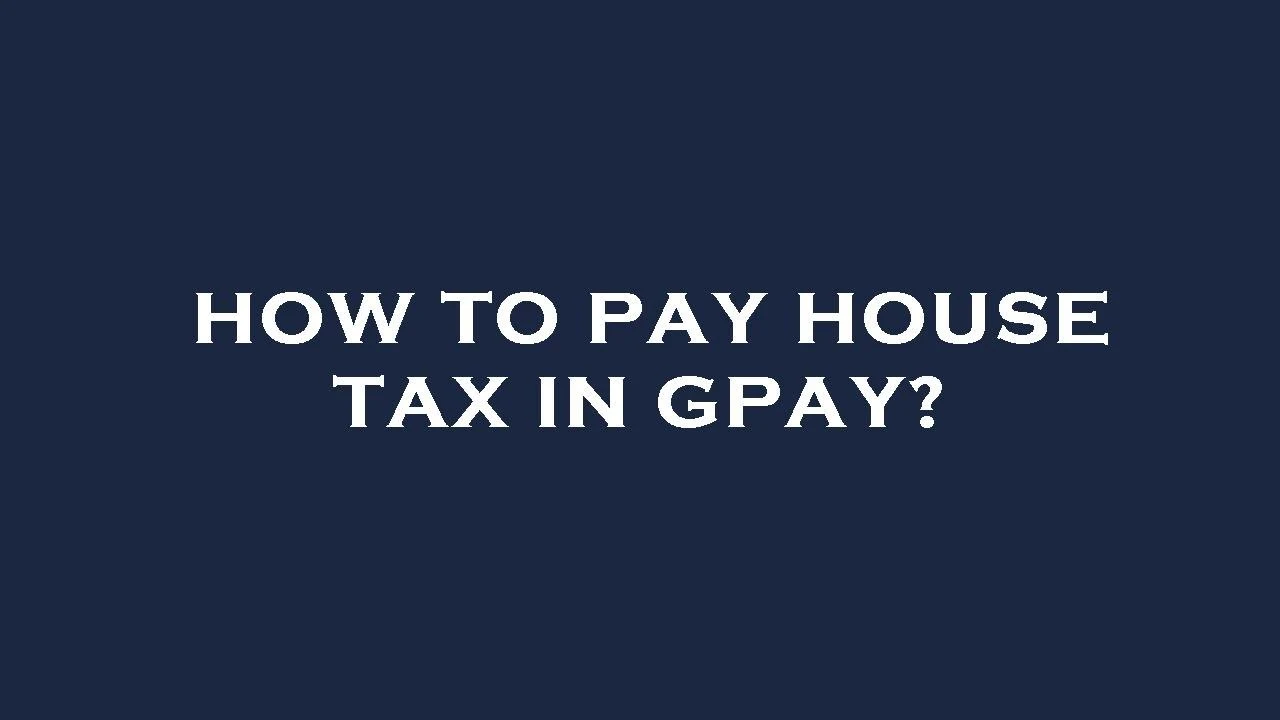When it comes to buying or selling property, verification of legal ownership and financial background is not just important — it’s absolutely essential. Among all the legal documents involved in a real estate transaction, the Encumbrance Certificate (EC) holds a vital position. It acts as proof that the property you are about to buy is free from any legal dues, loans, or disputes. Let’s explore in detail what an Encumbrance Certificate is, why it is necessary, and how it protects your property investment.
What Is an Encumbrance Certificate (EC)?
An Encumbrance Certificate is an official document issued by the Sub-Registrar’s Office that provides a record of all financial and legal transactions made on a property over a specific period.
The certificate reveals whether the property is free from encumbrances (liabilities, debts, or claims) or if it has been mortgaged, sold, or attached by a court order.
In simpler terms, the EC is a legal assurance that the property has a clear title and can be safely bought or sold.
What Does the Word “Encumbrance” Mean?
The term encumbrance refers to any charge, liability, or claim on a property that may restrict its ownership or transfer.
For example:
- A loan or mortgage taken by the property owner from a bank.
- A legal dispute or attachment order from a court.
- An unpaid financial liability linked to the property.
- A lease, agreement, or right of use granted to someone else.
The Encumbrance Certificate helps determine whether such encumbrances exist on a property. If the EC shows no encumbrance, it means the property is legally clean.
Why the Encumbrance Certificate Is Crucial for Every Property Deal
Every real estate transaction, whether big or small, must begin with a background check of the property. Here’s why the EC plays such an important role:
1. Proof of Legal Ownership
An Encumbrance Certificate acts as proof of ownership and title.
It records every registered transaction related to the property — sale, gift, mortgage, or lease — along with the names of the parties involved.
By examining the EC, buyers can verify:
- Who the current owner of the property is.
- Whether the seller is legally authorized to sell it.
- The chain of ownership over the years.
This prevents cases of fraudulent sales or multiple ownership claims.
2. Reveals Mortgages or Legal Liabilities
If the property has been mortgaged to a bank or financial institution, or if it is under any legal dispute, it will be mentioned in the EC.
This helps buyers avoid purchasing a property that:
- Has an unpaid loan or pending dues.
- Is involved in a court case.
- Has been attached by government authorities due to non-payment of dues.
Thus, the EC protects buyers from future legal and financial troubles.
3. Mandatory for Home Loans
Banks and financial institutions require an EC before sanctioning a home loan or loan against property.
The certificate serves as evidence that the property is debt-free and that the borrower has full ownership rights.
Without a valid EC, no financial institution will approve a property-based loan.
4. Required for Property Registration and Mutation
When transferring ownership or registering a property in a buyer’s name, the Sub-Registrar’s office demands an Encumbrance Certificate.
It ensures that:
- The property being registered has no legal complications.
- The title transfer happens smoothly and legally.
Even for mutation of property records or patta transfer, a recent EC is mandatory.
5. Ensures a Safe and Transparent Investment
The EC guarantees that your hard-earned money is invested in a legally clean property.
It gives transparency to the deal, confirming that:
- The property isn’t previously pledged.
- There are no hidden disputes or co-owner claims.
- The transaction is genuine and risk-free.
In short, the EC is a buyer’s security shield against property frauds.
Types of Encumbrance Certificates
There are mainly two types of ECs issued in India:
Form 15 – Encumbrance Certificate (With Transactions)
- Issued when a property has undergone registered transactions (such as sale, mortgage, lease, etc.) during the requested period.
- It contains detailed information about each transaction — names of parties, registration number, and nature of transaction.
Form 16 – Nil Encumbrance Certificate
- Issued when no transaction or liability is found on the property during the specified period.
- Also called a “Nil EC”, it indicates that the property is free from all encumbrances.
What Information Does an EC Contain?
An Encumbrance Certificate includes vital details like:
- Name of the property owner(s)
- Description of the property (location, survey number, boundaries, extent, etc.)
- Details of all transactions registered
- Nature of each transaction (sale, mortgage, lease, gift, etc.)
- Names of buyer and seller
- Registration document numbers
- Period of encumbrance
- Name and seal of the issuing Sub-Registrar’s Office
How to Obtain an Encumbrance Certificate
You can apply for an EC either online or offline.
Online Application (Example: Tamil Nadu – TNREGINET Portal)
- Visit https://tnreginet.gov.in.
- Create a login ID or log in if you already have one.
- Click on “Encumbrance Certificate” under “E-Services.”
- Enter details like zone, district, village, and property details (survey number, document number, etc.).
- Select the period for which you need the EC (e.g., 13 years, 30 years).
- Pay the required fee online.
- Download and print the EC in PDF format once issued.
Offline Application
- Visit the Sub-Registrar Office (SRO) where the property is registered.
- Fill Form 22 (application for EC).
- Provide the property details and time period.
- Pay the prescribed fee.
- Collect the EC after 7–15 working days, depending on the office workload.
Validity of an Encumbrance Certificate
- An EC doesn’t have a fixed expiry date.
- However, for property deals or bank loans, buyers are usually asked to submit an EC covering at least the past 13 to 30 years.
- Always ensure you get the latest EC before completing any transaction.
Legal Value of an EC
Under the Registration Act of 1908, the Encumbrance Certificate is an official legal record maintained by the government.
It serves as prima facie evidence of property ownership and title history.
In case of any legal dispute over the property, the EC acts as a key supporting document to prove rightful ownership.
What the EC Does Not Show
While the EC is an important legal proof, it has some limitations:
- It only lists registered transactions — it does not include unregistered agreements or oral transactions.
- It may not show court cases or pending litigations unless they have been officially recorded in the Sub-Registrar’s office.
- Therefore, buyers should also verify:
- Property tax receipts
- Building plan approvals
- Patta, chitta, and adangal details
- Court litigation reports (if any)
Steps to Verify a Property Using EC
- Request EC for minimum last 13 years (or more).
- Check if the seller’s name appears as the current owner.
- Ensure there are no mortgage or loan entries.
- Match the property details with the sale deed.
- If any discrepancy is found, consult a property lawyer before proceeding.
Conclusion
An Encumbrance Certificate is one of the most crucial documents in any property deal. It acts as a legal proof of ownership, transparency, and trust between the buyer and the seller. By verifying the EC, you ensure that the property is free from debts, loans, and legal issues, making your investment secure and risk-free. Whether you’re a first-time homebuyer, investor, or developer — never skip checking the Encumbrance Certificate before finalizing a deal.













